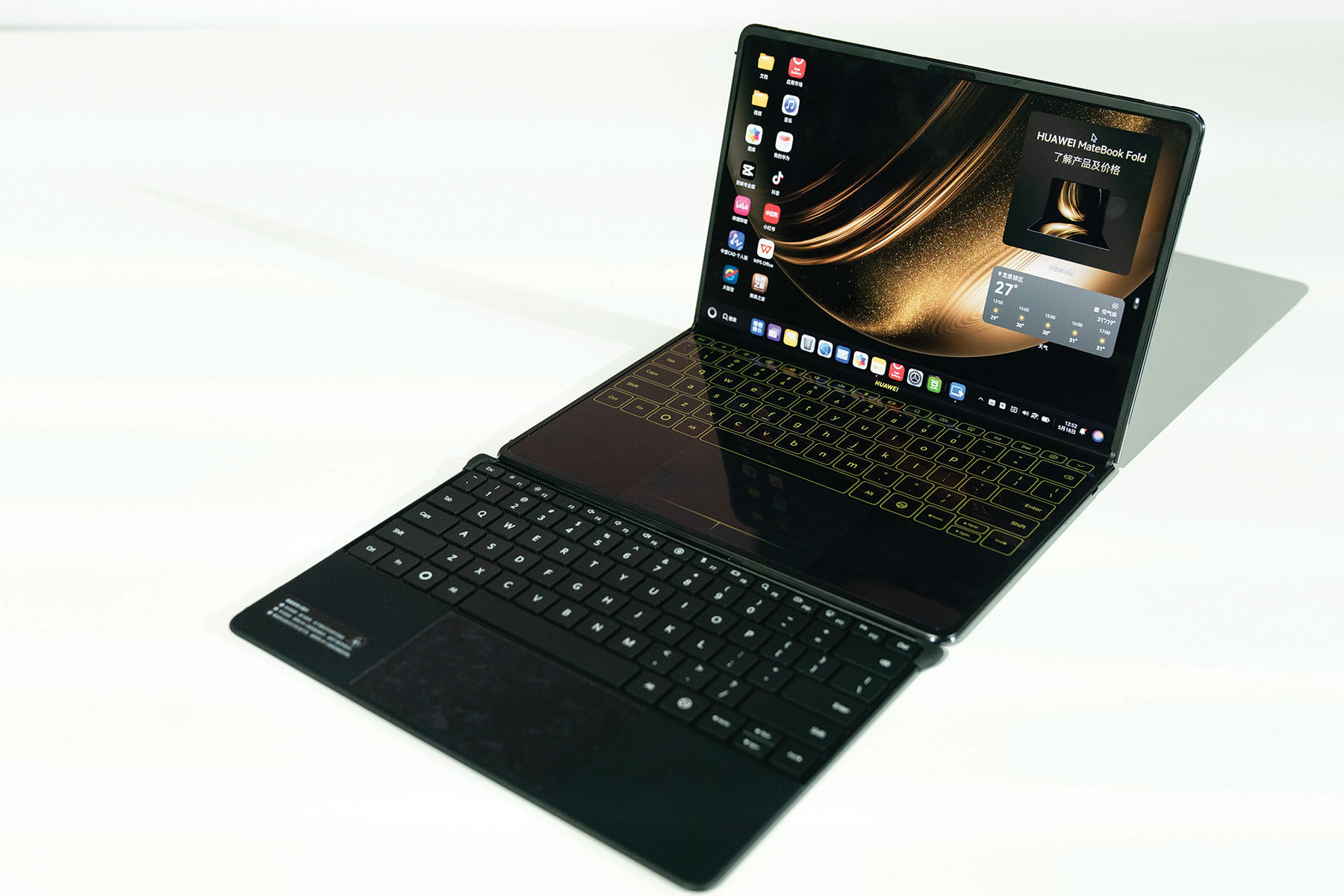Executive: Every line of code you write rewriting history of China software biz

Huawei Technologies Co officially unveiled its personal computers powered by its self-developed operating system on Monday in Chengdu, Sichuan province, challenging Microsoft's Windows and Apple's macOS in the desk operating system sector.
For decades, the global PC operating system market has been dominated by Microsoft's Windows and Apple's macOS, while domestic alternatives have largely relied on Linux-based modifications. Huawei wants to break this paradigm by developing its own PC operating system — Harmony-OS.
Huawei Executive Director Yu Chengdong said the company remains committed to forging the "difficult yet right path" by advancing its self-developed HarmonyOS.
READ MORE: Huawei launches HarmonyOS-powered PC rivaling Microsoft, Apple
"Every line of code you write is rewriting the history of China's software industry," Yu said, adding that HarmonyOS integrates hardware, software, chips and cloud capabilities to deliver breakthroughs in AI-powered features and cross-device collaboration.
He highlighted HarmonyOS PC's ecosystem progress, saying it supports core application scenarios for productivity tools, financial management, design and creation, entertainment, education and gaming.
More than 150 PC apps are being adapted to HarmonyOS PCs, with more than 1,000 converged ecosystem apps already adapted, Yu said.
The new PCs run on Harmony-OS 5, which brings AI capabilities directly to the device level, reducing reliance on cloud connectivity.
Its "develop once, deploy everywhere" framework slashes development costs and time, addressing long-standing challenges for domestic software adapting to Windows' complex ecosystem, Huawei said.
The company said HarmonyOS for PCs leverages over 2,700 core patents and five years of research and development efforts, involving more than 10,000 top engineers and 20 research institutes.
And there are 7.2 million app developers for its HarmonyOS ecosystem, Huawei said.
Chinese partners like Feishu showcased optimized apps at the conference, highlighting seamless cross-device functionality. Social platforms like RedNote and Bilibili have also migrated to HarmonyOS PC, merging mobile convenience with desktop productivity.
HarmonyOS was first unveiled as an Android alternative in August 2019, three months after the US government added Huawei to its Entity List, restricting the Chinese company's access to crucial US technologies.
Since then, Huawei has been working hard to push for wider adoption of HarmonyOS in cars, smartwatches, home appliances and other internet of things devices.
ALSO READ: Huawei to launch first HarmonyOS-powered PCs on May 19
HarmonyOS surpassed Apple's iOS to become the second-bestselling mobile operating system in China in the first quarter of 2024, according to market research firm Counterpoint.
The debut of HarmonyOS on PCs shows that all of Huawei's devices can be powered by its in-house operating system, said Xiang Ligang, director-general of the Zhongguancun Modern Information Consumer Application Industry Technology Alliance, a telecom industry association.
Han Juke, deputy head of the China Communications Industry Association, said this marks a breakthrough in China's software industry.
Future success requires strong ecosystem support and good market strategies. The next few years will be a critical period to test whether HarmonyOS can grow into a world-class operating system, experts added.
Contact the writer at masi@chinadaily.com.cn


